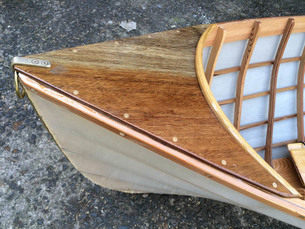
Of all the things I build, Adirondack Guide Boat is by far the most beautiful. Constructed in skin-on-frame that natural lines are even more mesmerizing. Far from the simple construction of a kayak, I like to joke that guide boats are "dangerously close to real boat building." The work is precise and time consuming, and even though there isn't really a way to make them in a way that pays me what I need, I still build a few every year. Sometimes it's not about money, sometimes it's just about love. There is the pride of just lusting over the finished product, and then there is the superb experience of using something that has long since been refined to perfection. Every time I drag a guideboat over the edge of a dock on it's flat armored bottom I think: Why isn't every small boat built like this? Anyone who has ever rowed a guide boat will tell you there is just something sweet, something more than the sum of it's parts.
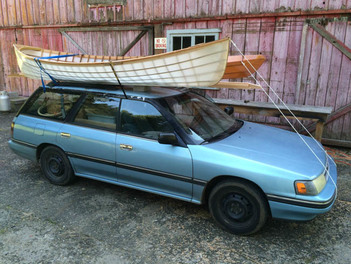
This year I received a commission from a smaller gentleman out of San Francisco who is a little older and is starting to have some back problems. We hatched a plan to see just how light we could go, paring everything down to the absolute minimum. I love pushing the limits, so we decided to go 11'8" long. The decks were shortened, the oars shortened, the sheer dropped, the end seats omitted, even two of the floor slats left absent. When I was finally done the little boat weighed 30lbs. I worried about getting the trim and freeboard right in such a short version, but no so much that it stopped me from loading the boat without a test paddle and heading down for a hand delivery in San Francisco.
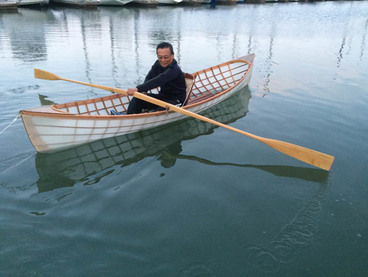
Unlike the Oregon coast, San Francisco has this mysterious phenomenon called Traffic. I'm not sure how people endure this daily torment, but aside from a very scary wind gust on the bay bridge, I made it to my destination unscathed and we headed out for a test row at sunset. Fu-Ping settled the guideboat perfectly on it's lines, and with a lot of pride I watched the little guideboat dance like a water-strider, swift, graceful, elegant.
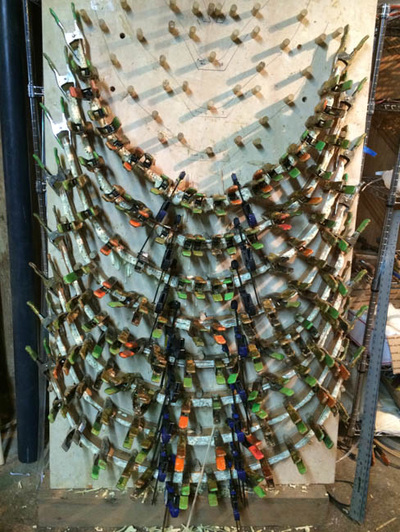
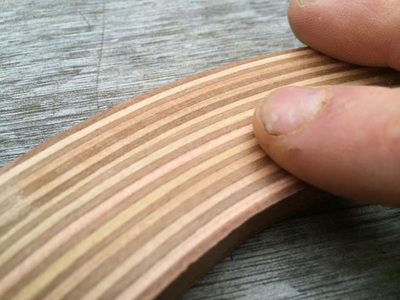
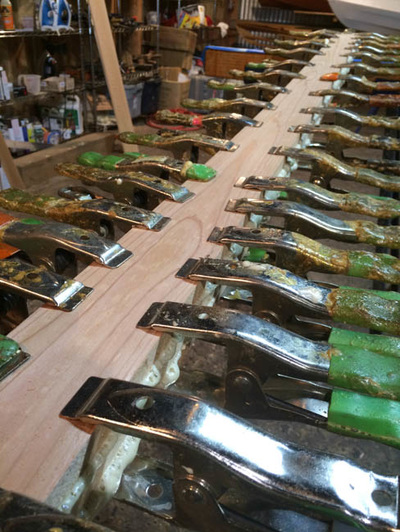
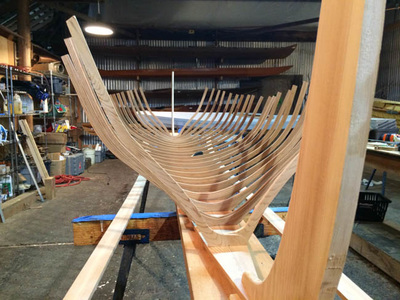
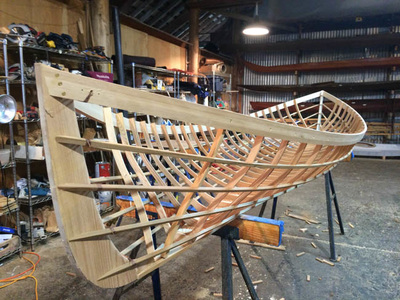
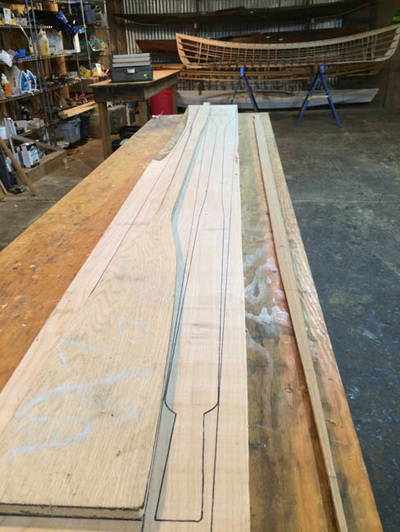
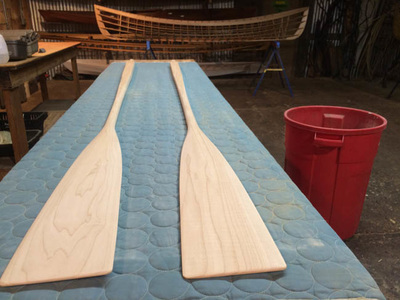
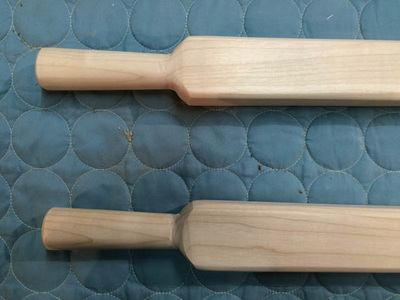
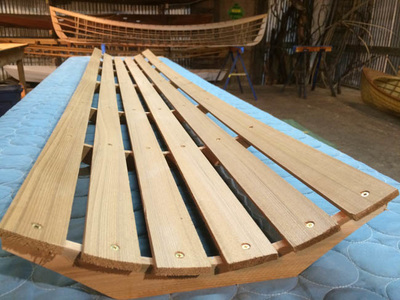
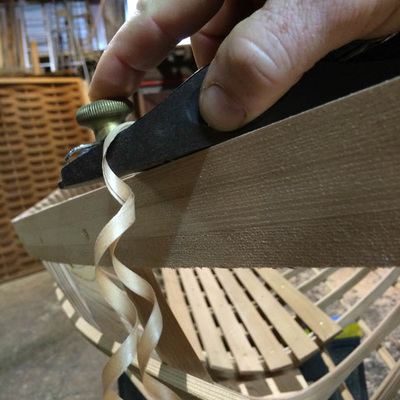
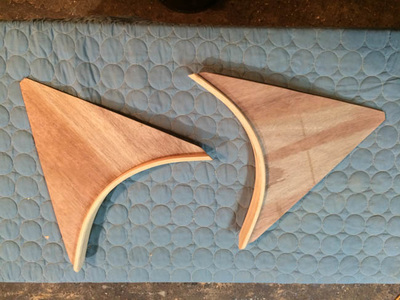
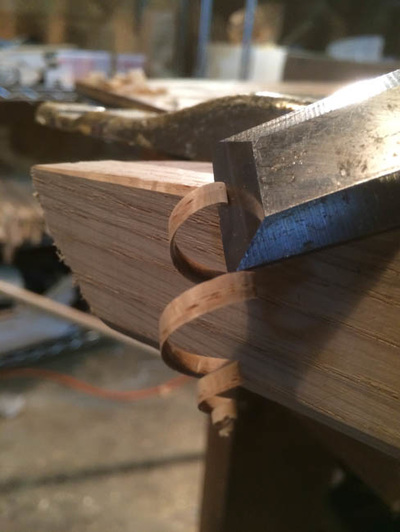
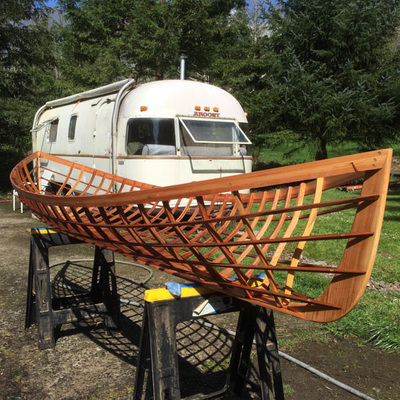
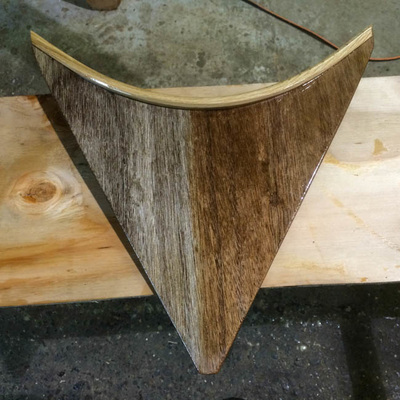
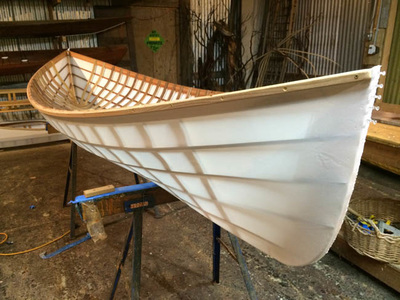
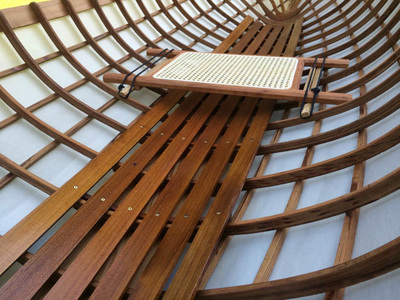
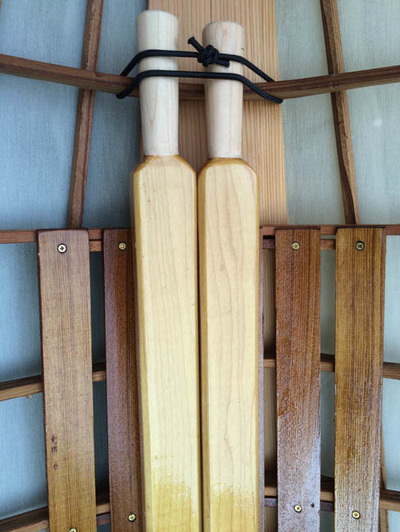
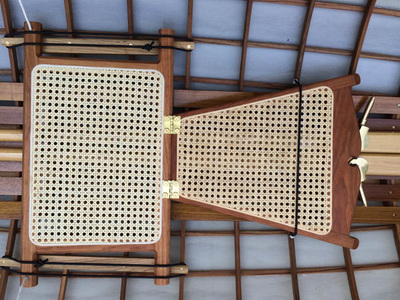
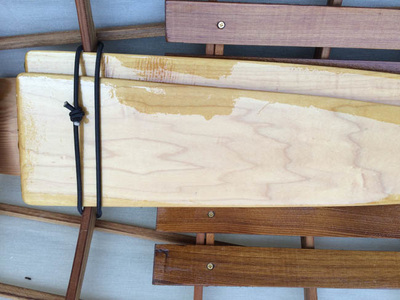
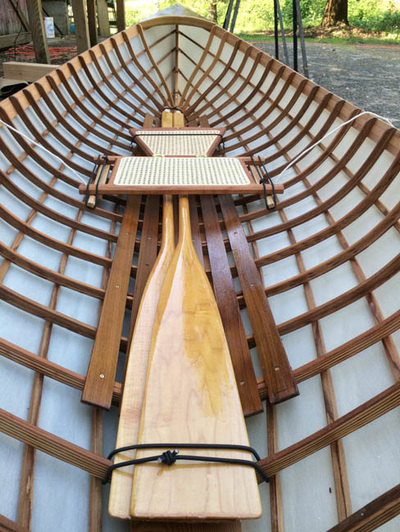
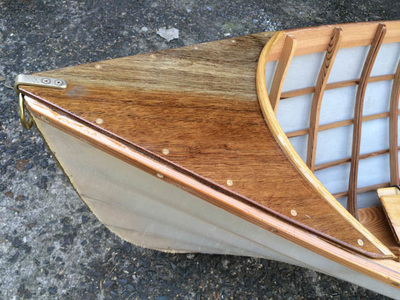
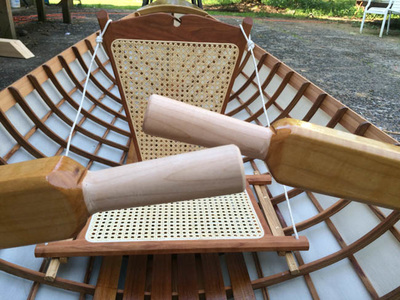
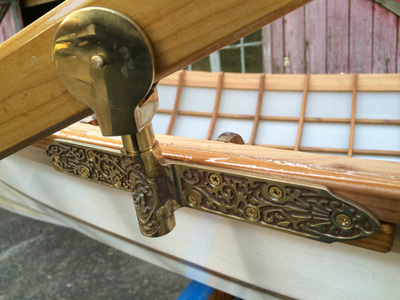

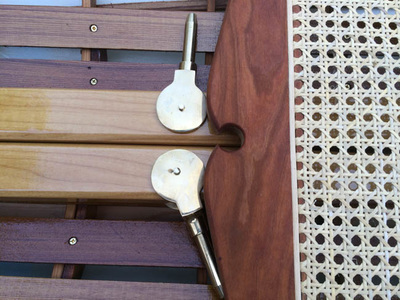
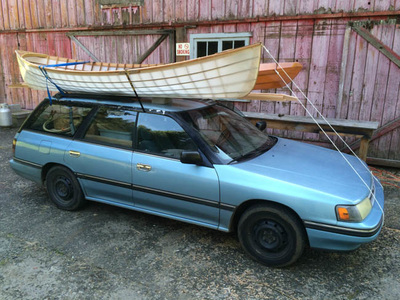
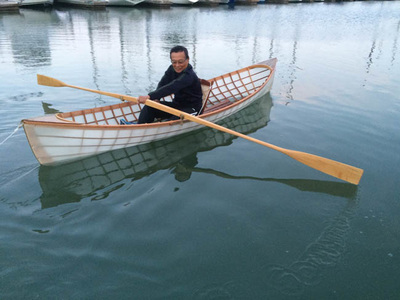
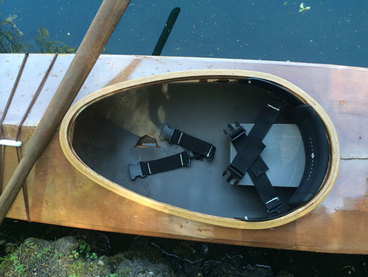
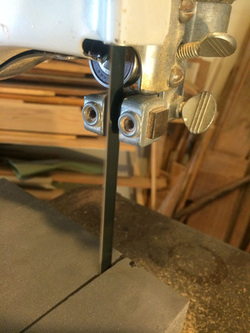
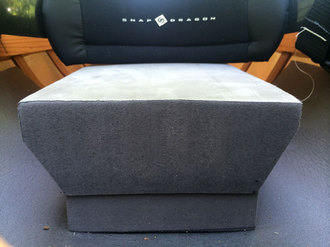
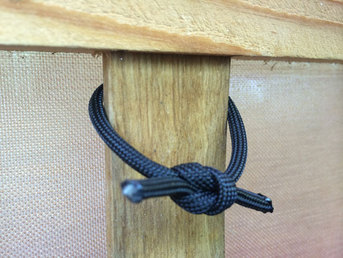
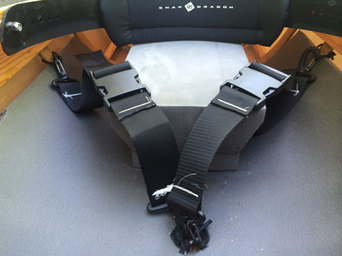
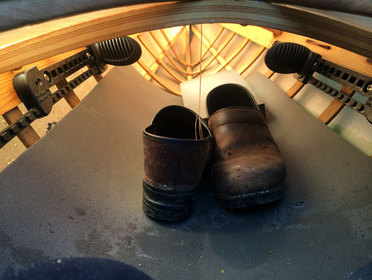
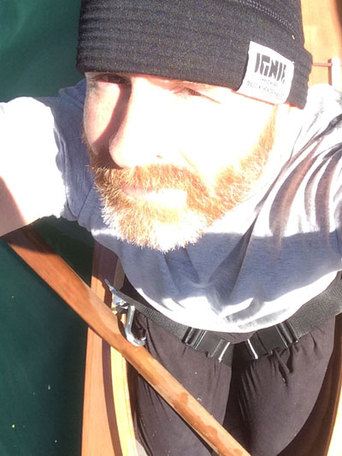
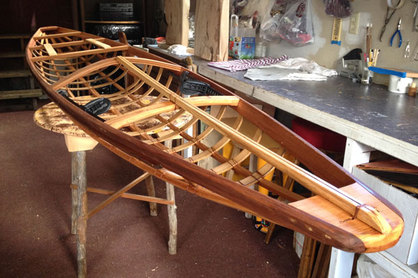
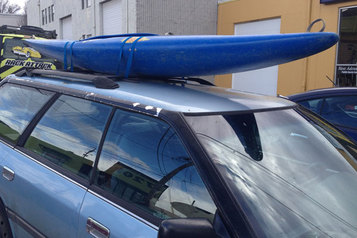
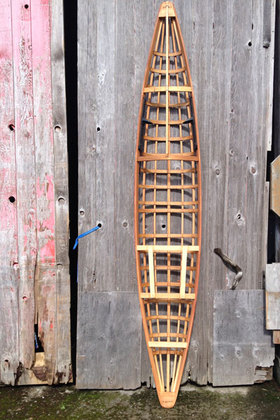
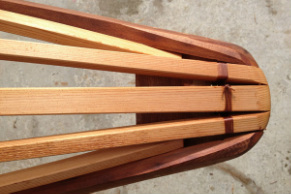
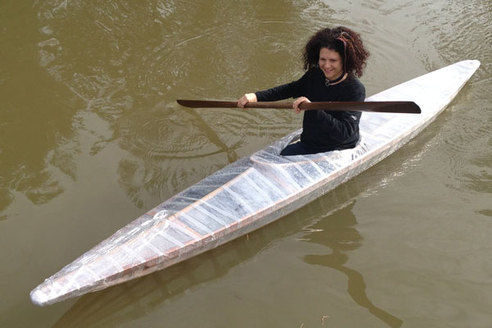
 RSS Feed
RSS Feed
